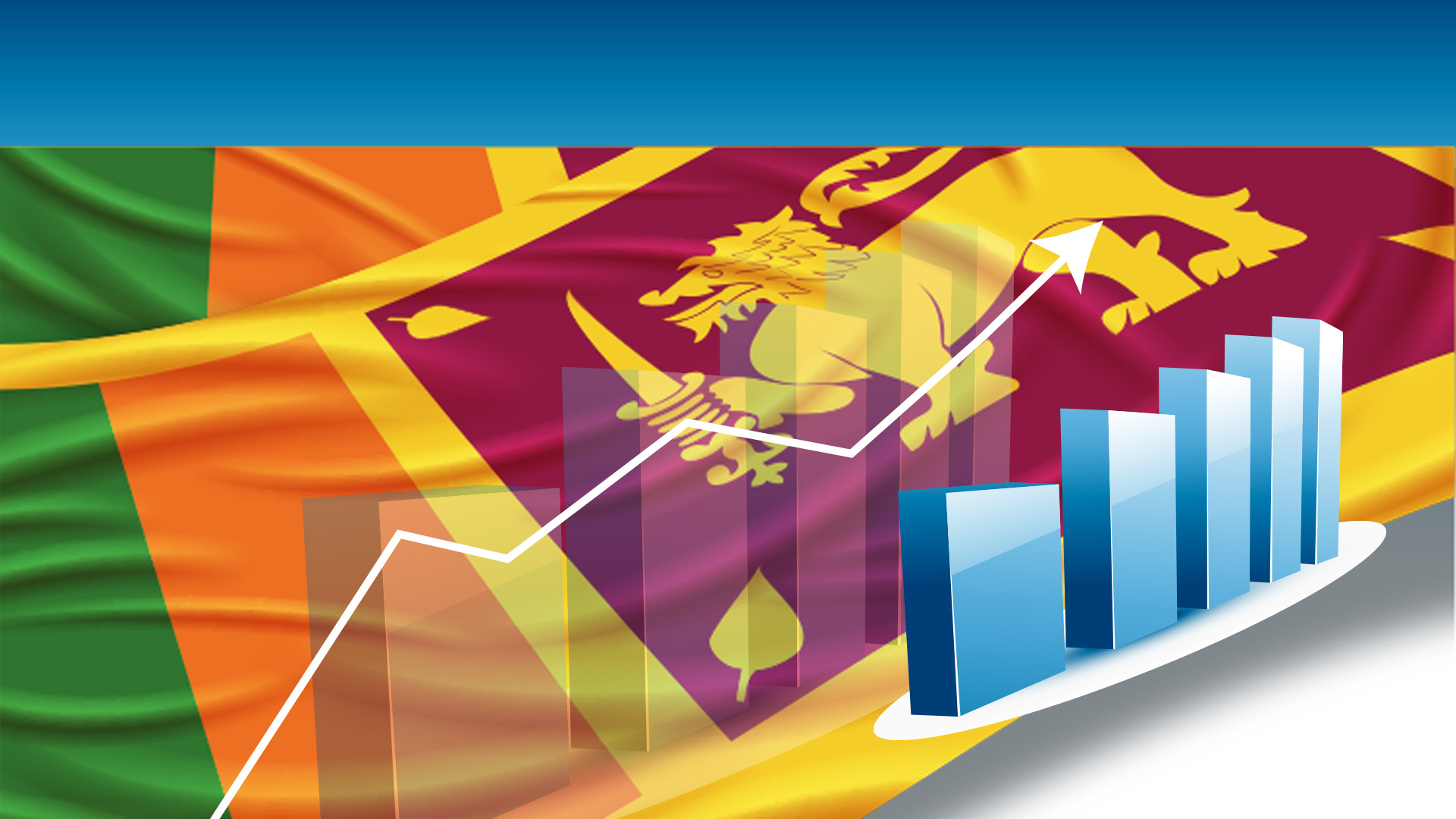In the first quarter of 2024, Sri Lanka’s economy showed promising signs of recovery, marking a robust 5.3% growth. This growth trajectory, sustained over three consecutive quarters, underscores the resilience and potential of Sri Lanka’s economic landscape. Key sectors contributing to this growth include Agriculture, Industry, and Services, reflecting a balanced expansion across primary, manufacturing, and service-oriented activities.
Factors Driving Economic Growth
- Sectoral Contributions:
- Agriculture: Contributing 7.7% to GDP, the agricultural sector benefited from favorable weather conditions and government support.
- Industry: With a substantial 26.2% contribution, the industrial sector saw a boost, supported by increased manufacturing activities.
- Services: Dominating with a 58.9% share, the services sector benefited from improved consumer confidence, tourism rebound, and enhanced financial conditions.
- Macroeconomic Stability:
- Inflation and Interest Rates: Declining inflation and lower interest rates have created a conducive environment for economic activities and investments.
- Foreign Currency Liquidity: Increased foreign currency reserves have stabilized the external sector, supporting trade and investment flows.
- Tourism and Construction: Revival in tourist arrivals and construction activities have provided significant impetus to the economy, boosting employment and income levels.
- IMF Support and Debt Restructuring:
- The completion of the second review under the IMF’s Extended Fund Facility (EFF) program has unlocked substantial financial support, reinforcing fiscal stability and confidence in Sri Lanka’s economic policies.
- A landmark debt restructuring agreement with bilateral lenders, including China, has alleviated debt burdens, enabling the redirection of funds towards critical public services and development projects.
Legislative and Structural Reforms
In parallel with economic recovery efforts, Sri Lanka has embarked on comprehensive legislative reforms aimed at bolstering fiscal management and economic transformation:
- Public Financial Management (PFM) Bill: Establishing a robust framework for fiscal reforms, this bill enhances transparency, accountability, and efficiency in budgetary processes.
- Public Debt Management (PDM) Bill: Creating a comprehensive framework for managing public debt, this legislation strengthens debt sustainability and management practices, crucial for maintaining fiscal discipline.
- Economic Transformation Bill: Introducing a National Policy on Economic Transformation, this initiative focuses on fostering competitiveness, promoting exports, and advancing digital economy initiatives to propel long-term economic growth and resilience.
Global Economic Context
Globally, while the economic outlook is stabilizing with reduced inflation and improved financial conditions, developing economies face ongoing challenges post-pandemic. Sri Lanka’s strategic reforms and targeted policies position it favorably amidst these global dynamics, aiming to sustain growth momentum and enhance resilience against external shocks.
Conclusion
Sri Lanka’s economy is on a promising trajectory in 2024, supported by robust growth, strategic reforms, and international financial support. With continued implementation of legislative reforms and proactive economic policies, Sri Lanka is poised to navigate challenges, capitalize on emerging opportunities, and achieve sustainable and inclusive economic development in the years ahead.
This blog encapsulates Sri Lanka’s current economic landscape, highlighting its recovery journey, key growth drivers, legislative reforms, and global economic context, offering a comprehensive overview for readers interested in understanding Sri Lanka’s economic prospects in 2024.

